Introduction
Nestled amidst the majestic peaks of the Himalayas and Karakoram ranges, Gilgit-Baltistan stands as a region steeped in natural beauty and cultural richness, profoundly shaping the essence of “food in Gilgit-Baltistan.” The geography of this mountainous territory, characterized by soaring peaks, lush valleys, and meandering rivers, significantly influences the diverse and flavorsome cuisine found here. This rugged landscape provides a stunning backdrop and a source of unique ingredients that form the cornerstone of Gilgit-Baltistan’s culinary heritage.
The cuisine of Gilgit-Baltistan mirrors the region’s cultural mosaic, reflecting a vibrant blend of influences from Central Asia, the Middle East, and South Asia. The amalgamation of these diverse cultural elements has contributed to the creation of an array of dishes and culinary traditions that captivate the senses and tantalize taste buds. Each dish carries a story of tradition, heritage, and centuries-old practices, from aromatic spices to hearty meats and nourishing soups. The keyword “food in Gilgit-Baltistan” is not just sustenance but a representation of the region’s identity and history, deeply ingrained in the hearts of its people.
Food holds a paramount position in the cultural identity of Gilgit-Baltistan, transcending mere sustenance to become a symbol of celebration, hospitality, and community bonding. Preparing and sharing meals are cherished rituals that foster social connections and kinship ties. The rich tapestry of flavors and cooking techniques passed down through generations embodies the essence of Gilgit-Baltistan’s culinary legacy, a testament to its cultural significance and time-honored traditions. In essence, the food in Gilgit-Baltistan serves as a gateway to understanding and appreciating the region’s history, geography, and diverse cultural tapestry, making it a compelling subject of exploration for both gastronomes and cultural enthusiasts alike.
List of Food in Gilgit-Baltistan
| S. No | Name of Food/Dish | Category | Price Range (USD & EUR) | Main Ingredients (if available) |
|---|---|---|---|---|
| 1 | Chapshuro | Savoury | $5-$15 USD, €4-€12 EUR | Dough, Meat |
| 2 | Kebabs | Meat | $8-$20 USD, €7-€17 EUR | Meat, Spices |
| 3 | Mantu | Savoury | $10-$25 USD, €9-€22 EUR | Dough, Meat |
| 4 | Sajji | Meat | $15-$35 USD, €13-€30 EUR | Whole Chicken |
| 5 | Palao | Rice | $12-$30 USD, €10-€25 EUR | Rice, Meat |
| 6 | Kofta | Meat | $10-$20 USD, €8-€18 EUR | Meat, Spices |
| 7 | Shapik | Savoury | $7-$18 USD, €6-€15 EUR | Dough, Butter |
| 8 | Shoshp | Savoury | $8-$22 USD, €7-€20 EUR | Dough, Butter, Sugar |
| 9 | Dal | Vegetarian | $5-$12 USD, €4-€10 EUR | Lentils |
| 10 | Tandoori Roti | Bread | $2-$5 USD, €2-€4 EUR | Flour |
| 11 | Nan | Bread | $2-$6 USD, €2-€5 EUR | Flour, Yeast |
| 12 | Biryani | Rice | $10-$25 USD, €9-€22 EUR | Rice, Meat, Spices |
| 13 | Samosas | Savoury | $5-$12 USD, €4-€10 EUR | Dough, Potato, Spices |
| 14 | Pakoras | Savoury | $4-$10 USD, €3-€9 EUR | Vegetables, Chickpea flour |
| 15 | Chitrali Karahi | Meat | $12-$30 USD, €10-€25 EUR | Meat, Spices |
| 16 | Khar | Soup | $6-$15 USD, €5-€13 EUR | Buttermilk, Vegetables |
| 17 | Chitrali Saag | Vegetarian | $8-$18 USD, €7-€15 EUR | Leafy Greens, Spices |
| 18 | Chicken Handi | Meat | $15-$35 USD, €13-€30 EUR | Chicken, Spices |
| 19 | Butter Rice | Rice | $8-$20 USD, €7-€17 EUR | Rice, Butter |
| 20 | Chitrali Pulao | Rice | $10-$25 USD, €9-€22 EUR | Rice, Meat, Spices |
| 21 | Chapli Kebab | Meat | $7-$18 USD, €6-€15 EUR | Ground Meat, Spices |
| 22 | Lamb Curry | Meat | $12-$30 USD, €10-€25 EUR | Lamb, Spices |
| 23 | Beef Karahi | Meat | $14-$35 USD, €12-€30 EUR | Beef, Spices |
| 24 | Chicken Pulao | Rice | $12-$28 USD, €10-€24 EUR | Rice, Chicken, Spices |
| 25 | Dumplings | Savoury | $6-$15 USD, €5-€13 EUR | Dough, Filling |
| 26 | Fried Fish | Seafood | $10-$25 USD, €9-€22 EUR | Fish, Batter |
| 27 | Chitrali Tikka | Meat | $9-$22 USD, €8-€20 EUR | Meat, Spices |
| 28 | Vegetable Curry | Vegetarian | $8-$20 USD, €7-€17 EUR | Mixed Vegetables, Spices |
| 29 | Mixed Vegetables | Vegetarian | $7-$18 USD, €6-€15 EUR | Assorted Vegetables |
| 30 | Stuffed Parathas | Bread | $5-$12 USD, €4-€10 EUR | Dough, Filling |
| S. No | Name of Food/Dish | Category | Price Range (USD & EUR) | Main Ingredients (if available) |
Note: The price range provided is approximate and may vary depending on the restaurant or vendor.
Chapshuro: Chapshuro is a traditional pastry filled with minced meat (commonly beef or mutton), onions, and a blend of spices. The dough is usually made from wheat flour, rolled thin, and stuffed with the meat mixture. The pastry is then folded and sealed before being baked on a griddle. It’s a popular snack in Gilgit-Baltistan, often enjoyed with chutney or yogurt.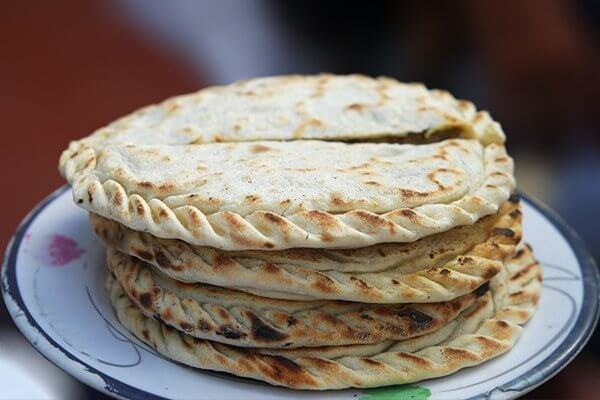
Momos: Momos are steamed dumplings filled with various ingredients like minced meat (usually chicken, mutton, or beef), vegetables, and spices, wrapped in a dough made of flour. They are typically served with a dipping sauce made of tomatoes, chili, garlic, and sometimes soy sauce. These delicious dumplings are a staple and are loved as street food in Gilgit-Baltistan.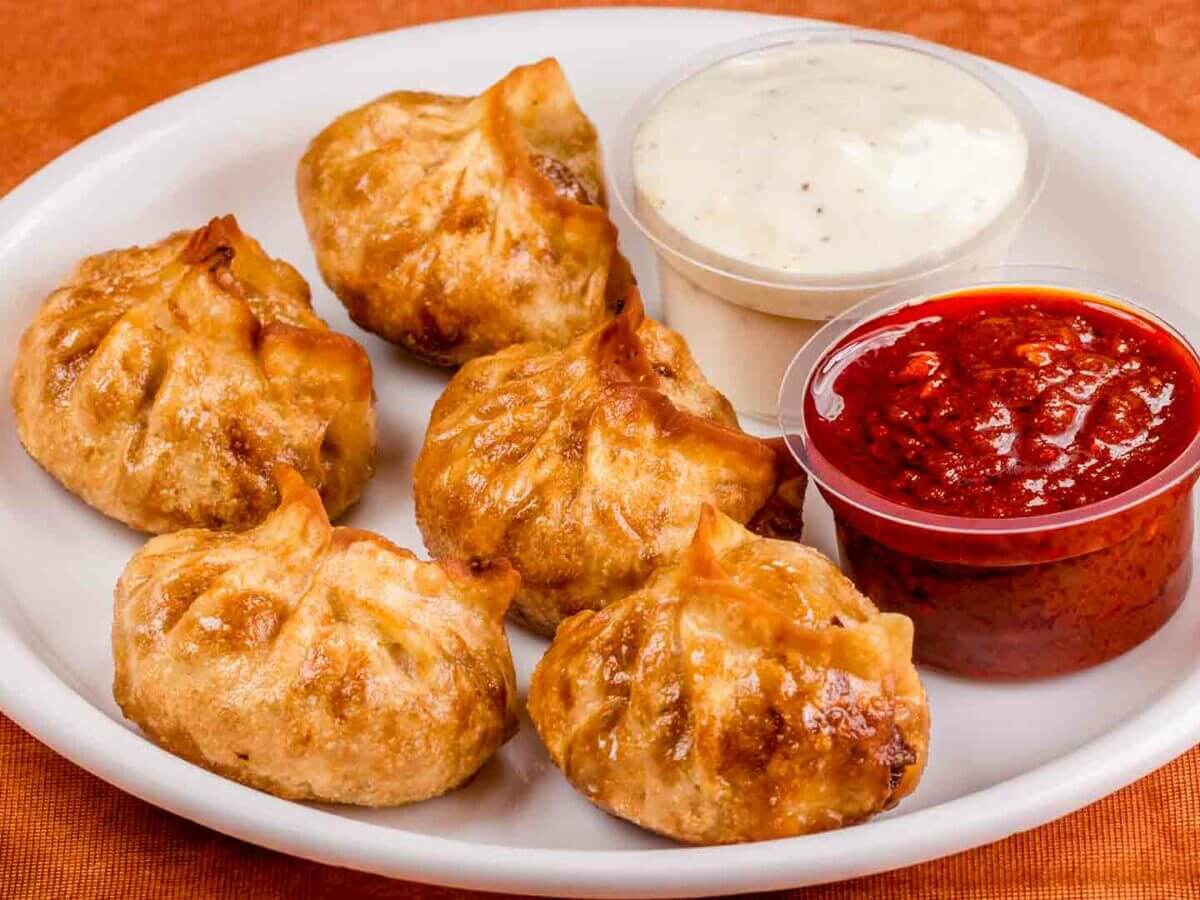
Thukpa: Thukpa is a hearty noodle soup consisting of boiled noodles cooked in a flavorful broth made with vegetables, meat (such as chicken or mutton), and a blend of spices. It often includes ingredients like onions, carrots, cabbage, and sometimes chili peppers. This warming soup is a comforting and filling dish, perfect for the region’s colder climates.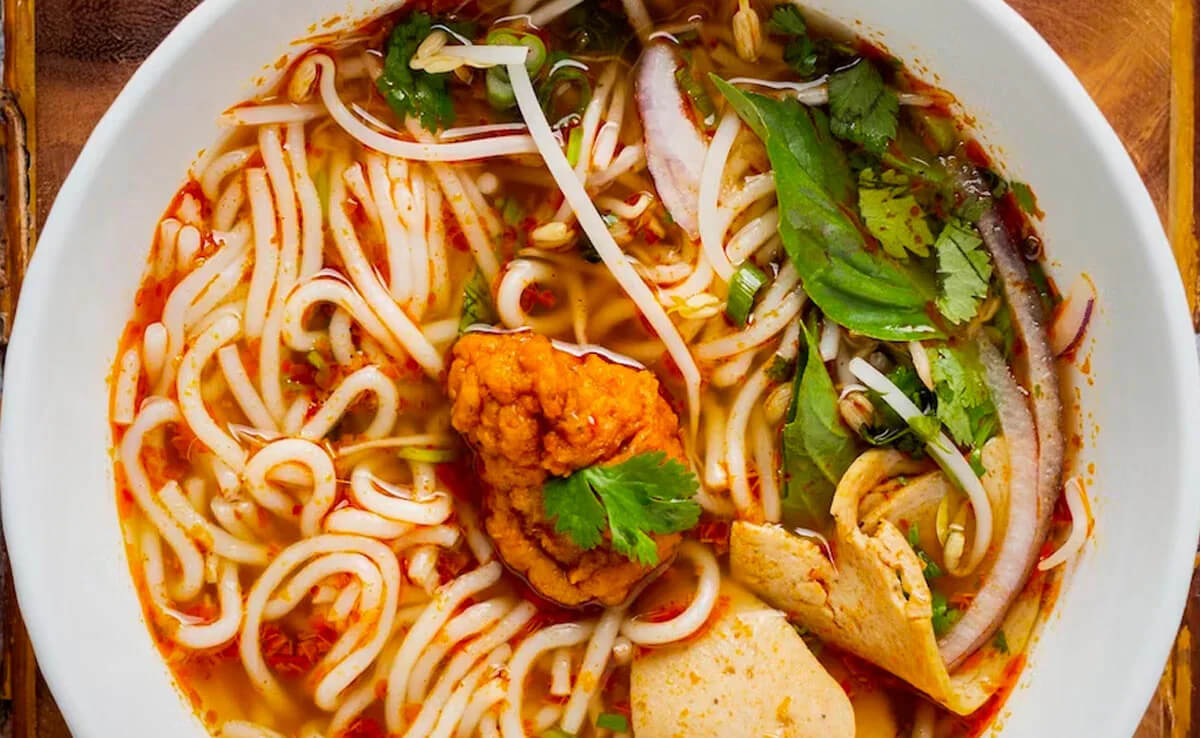
Skew Roast: Skew Roast, also known as Seekh Kebab, is a dish made by skewering minced meat, usually beef or mutton, mixed with various spices and herbs. The meat is then roasted over a charcoal flame until it’s cooked to perfection. The skewered meat is often served with naan bread and chutney, offering a flavorful and aromatic experience.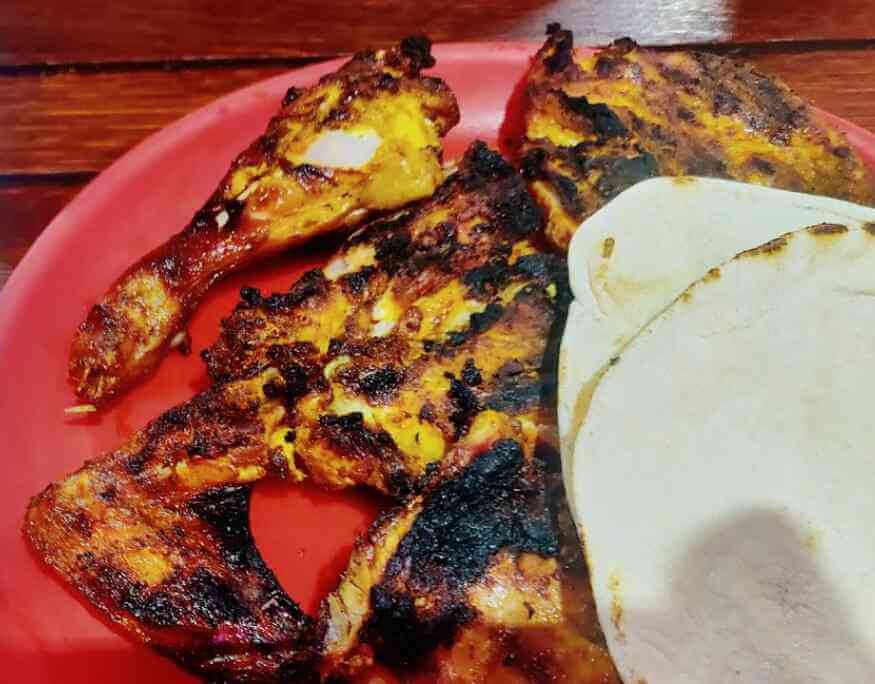
Khnemyu (Buckwheat Pancakes): Khnemyu are traditional pancakes made from buckwheat flour. These pancakes are prepared by mixing buckwheat flour with water to form a smooth batter, which is then poured onto a hot griddle and cooked until golden brown. They are typically served with butter or ghee and are a popular breakfast item in Gilgit-Baltistan due to their nutritious nature.
Gyal (Yak Meat): Gyal is a dish prepared using the meat of yaks, a commonly reared animal in the mountainous regions of Gilgit-Baltistan. The meat is cooked with a blend of local spices and herbs to enhance its flavors. Gyal is often stewed or prepared as a curry, offering a unique taste of the region’s cuisine.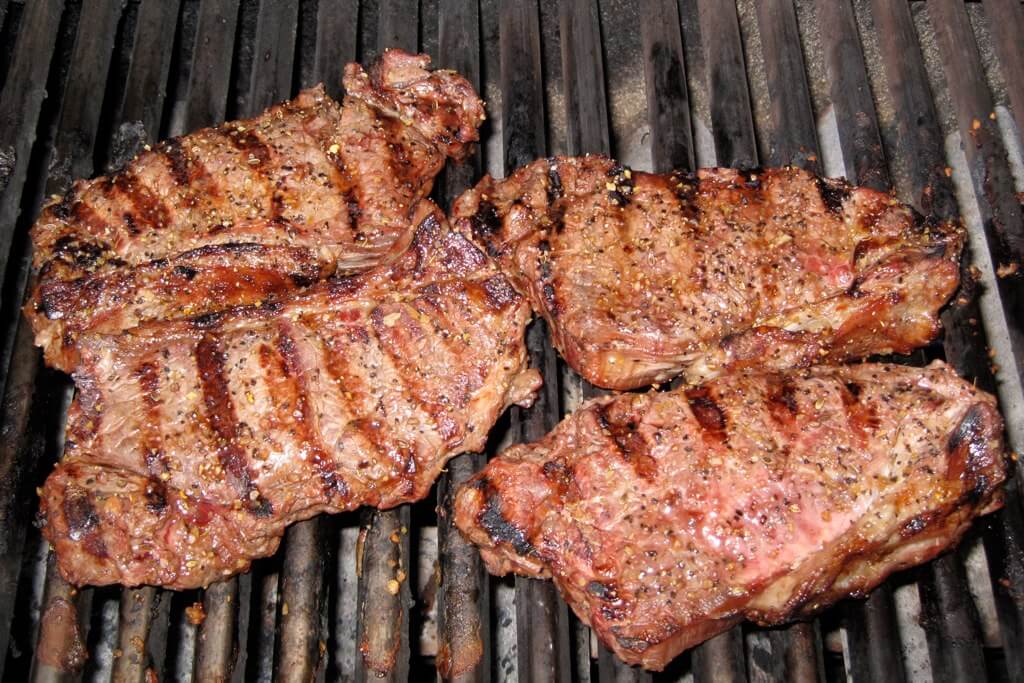
Harisa: Harisa is a slow-cooked stew made from wheat grains and meat, usually mutton or chicken. The dish involves simmering the meat and wheat grains for several hours until they form a thick, creamy texture. It’s seasoned with spices like cinnamon, cloves, and cardamom, resulting in a rich and flavorsome meal often served on special occasions.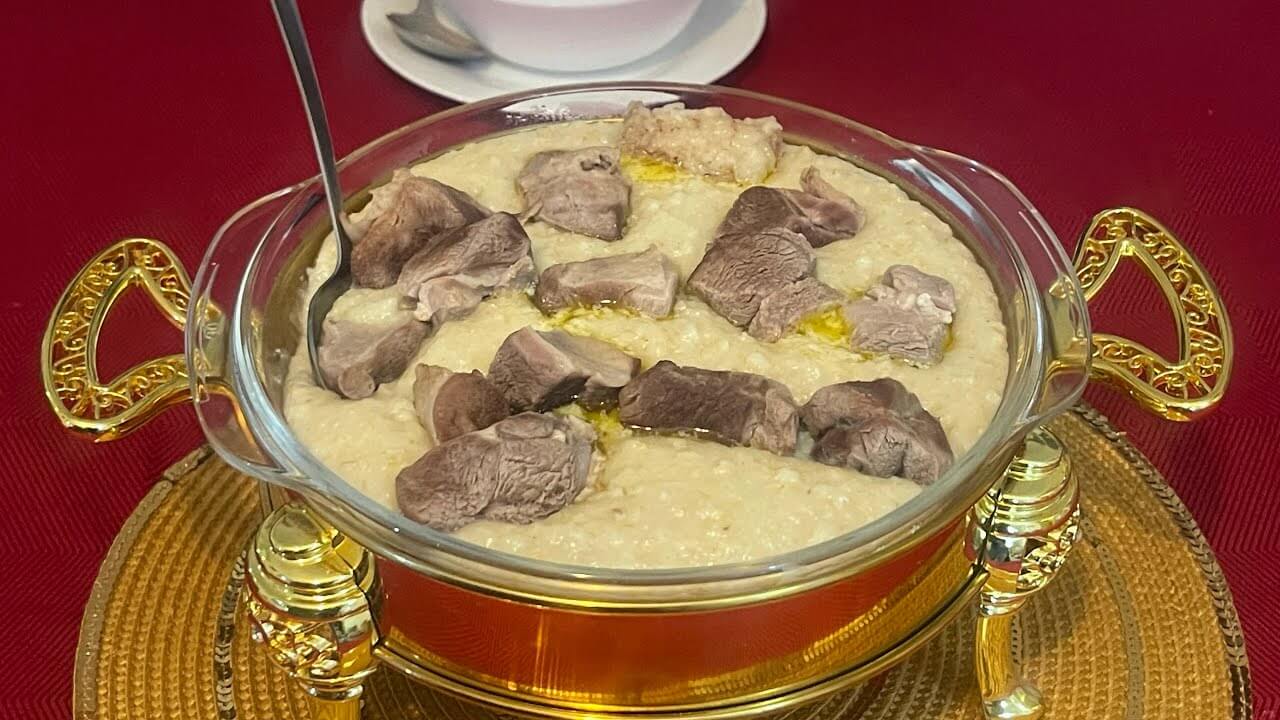
Mantu: Mantu is a type of dumpling filled with seasoned minced meat, onions, and spices. These dumplings are steamed and often served with a tangy tomato-based sauce and sometimes yogurt on top. Mantu is a favorite dish in Gilgit-Baltistan and is enjoyed as a delicious appetizer or main course.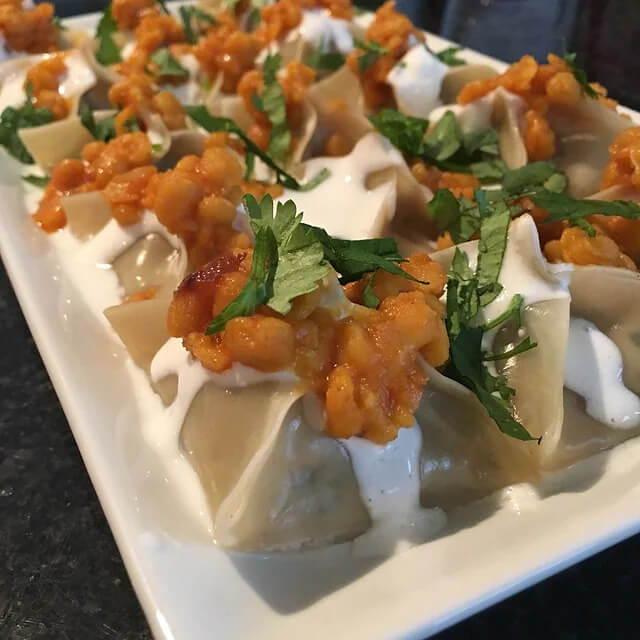
Phamdey: Phamdey is a sweet dessert made from rice, sugar, butter, and nuts. The rice is cooked in butter and sugar until it becomes soft and creamy, then garnished with nuts like almonds or walnuts. This sweet and creamy delicacy is a popular treat in Gilgit-Baltistan and is often served during festivals and celebrations.
Sha Phaley: Sha Phaley is a type of stuffed bread that is filled with seasoned minced meat, onions, and spices. The bread is then folded and sealed before being deep-fried until golden and crispy. This savory snack is enjoyed for its crunchy exterior and flavorful filling, often served with chutney or hot sauce.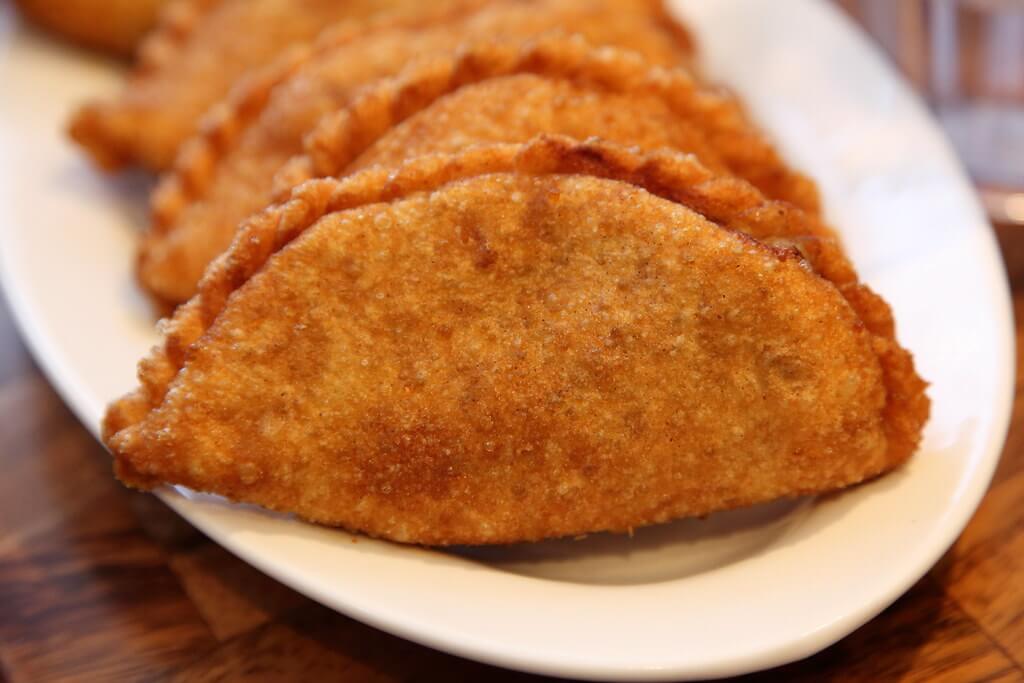
Chhurpi Soup: Chhurpi soup is a warm and comforting soup made with chhurpi, a traditional cheese, along with vegetables and herbs. The cheese is often soaked or boiled in water to soften it before being added to the soup, creating a unique and flavorful dish cherished in the region for its taste and warmth.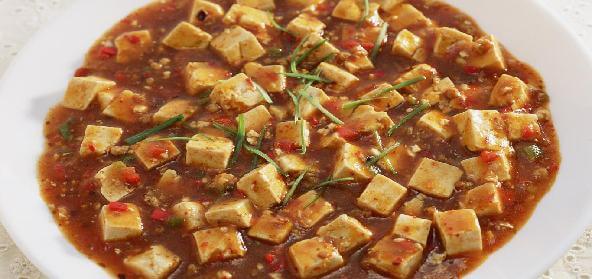
Guchhi: Guchhi refers to morel mushrooms that are commonly found in mountainous regions. These prized mushrooms are dried and used in various dishes, imparting a unique earthy and nutty flavor. They are often cooked with spices and vegetables, creating a delicious and aromatic dish that showcases the natural bounty of the region.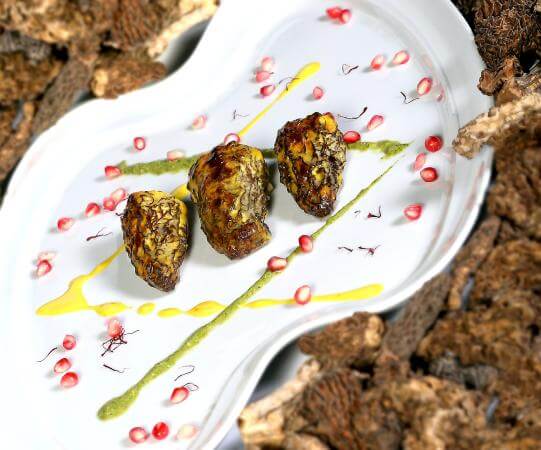
Phini: Phini is a sweet delicacy made from flour, sugar, and oil. Thin strands of dough are created and then deep-fried until they become crispy and golden. These crispy treats are often served as a dessert, offering a delightful crunch and sweetness.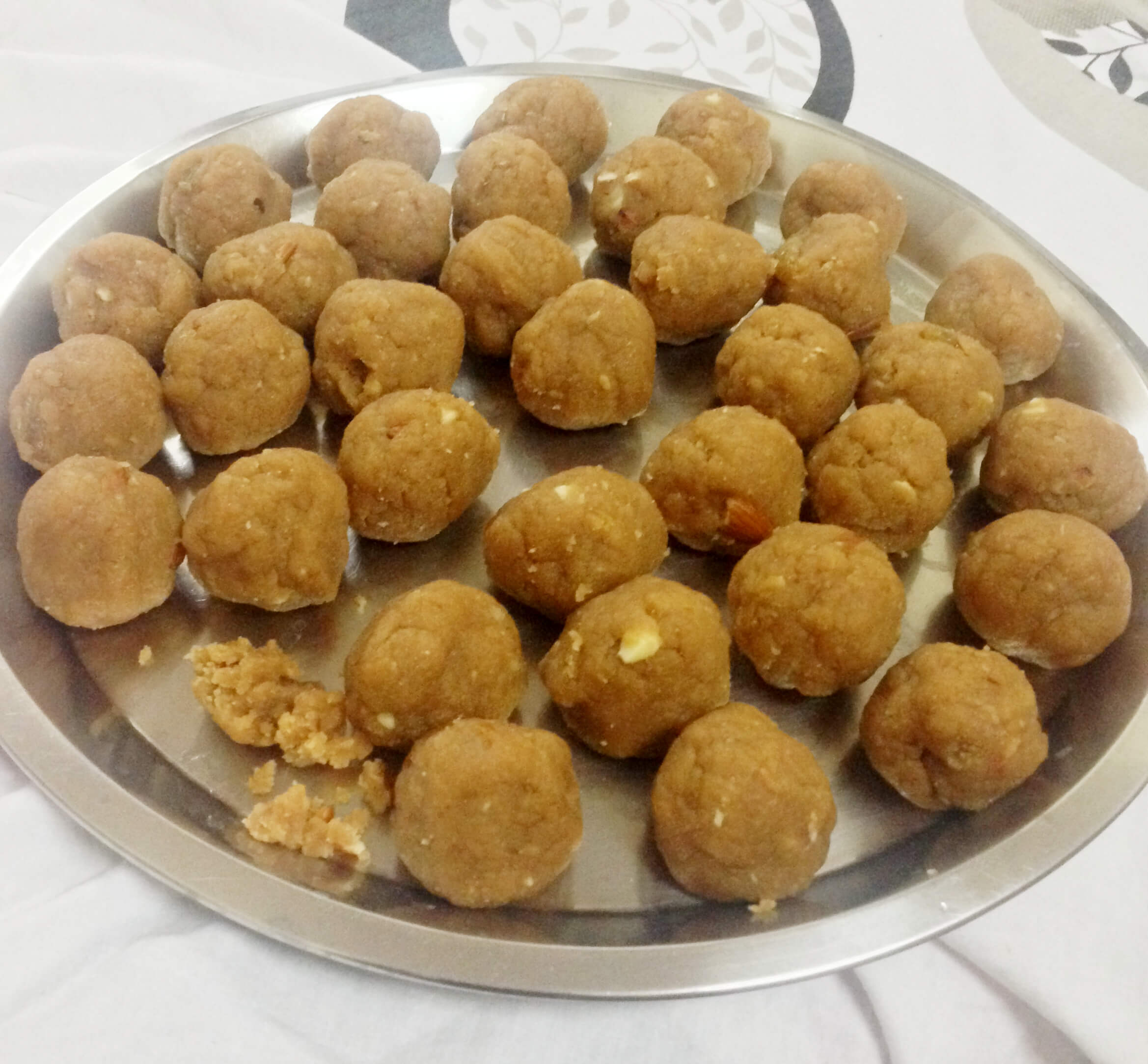
Chappati and Nang: Chappati and Nang are types of bread commonly consumed in Gilgit-Baltistan. Chappati is a traditional flatbread made from wheat flour, while Nang is a leavened bread baked in a tandoor oven. Both bread varieties are enjoyed as accompaniments to various dishes and meals.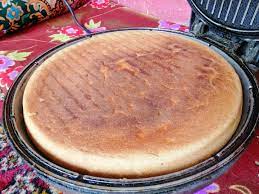
Lungur Tangi: Lungur Tangi is a nourishing soup made from vegetables, lentils, and a blend of spices. This hearty soup is cooked until the ingredients are soft and flavorful, offering a comforting and wholesome meal, especially during colder weather in the region.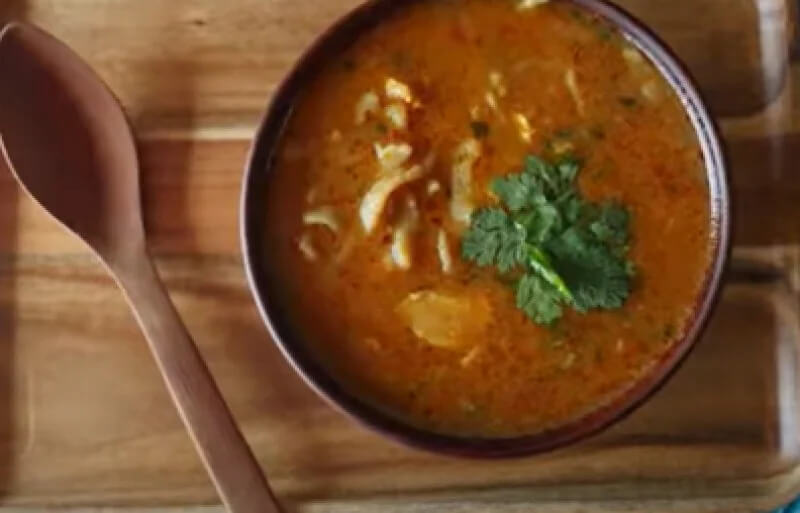
Barbecue Trout: Barbecue Trout is a popular dish made from fresh trout, commonly found in the rivers and streams of Gilgit-Baltistan. The trout is marinated in a blend of local spices, herbs, and sometimes mustard oil or yogurt, giving it a flavorful kick. It’s then grilled or barbecued over an open flame until perfectly cooked, resulting in a smoky and succulent fish dish enjoyed by locals and visitors alike.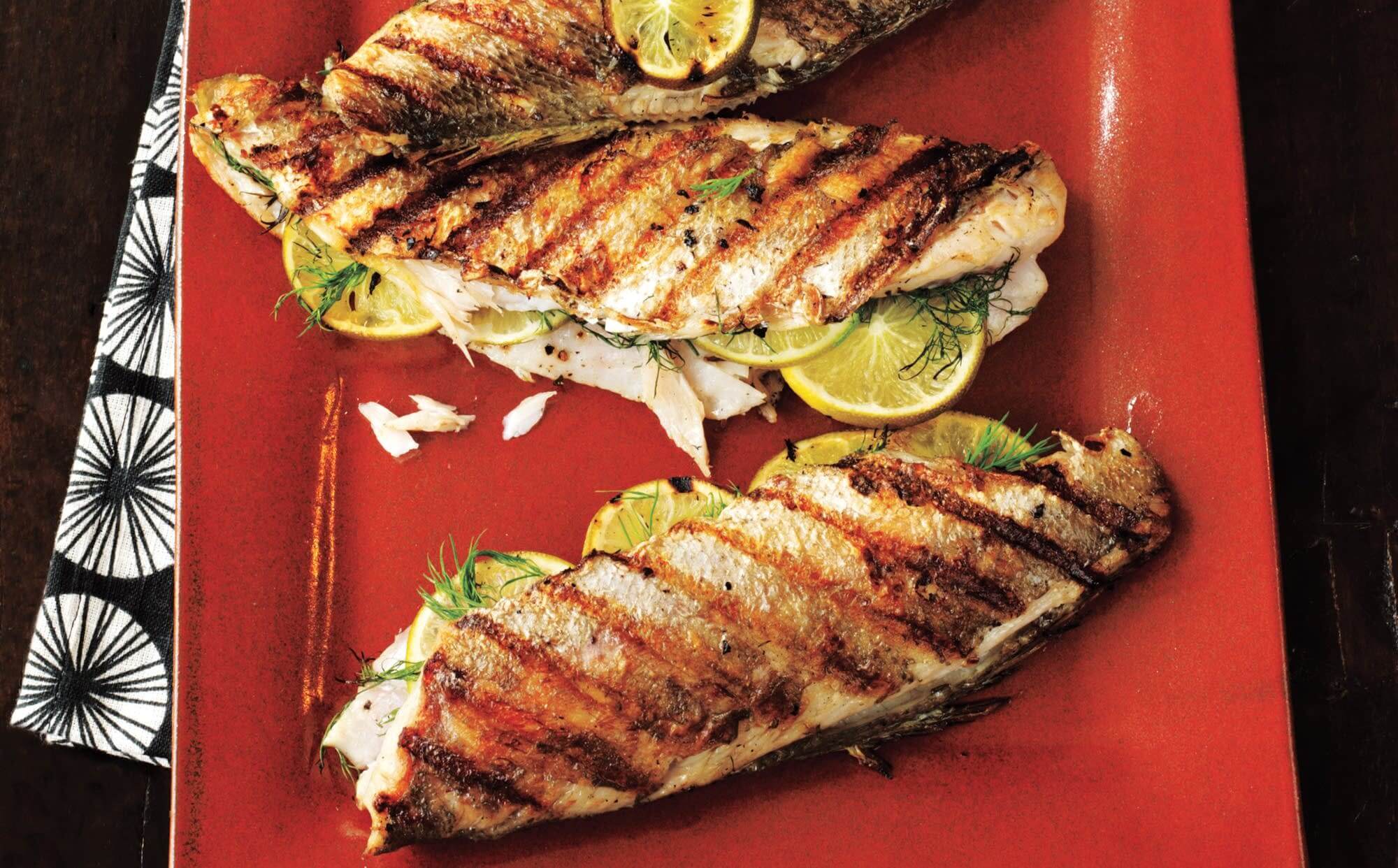
Chilpindok: Chilpindok is a deep-fried dish made from potatoes that are thinly sliced, seasoned with spices like chili powder, and then deep-fried until crispy. This savory and crunchy snack is a favorite street food item in Gilgit-Baltistan, often served with various chutneys or sauces for dipping.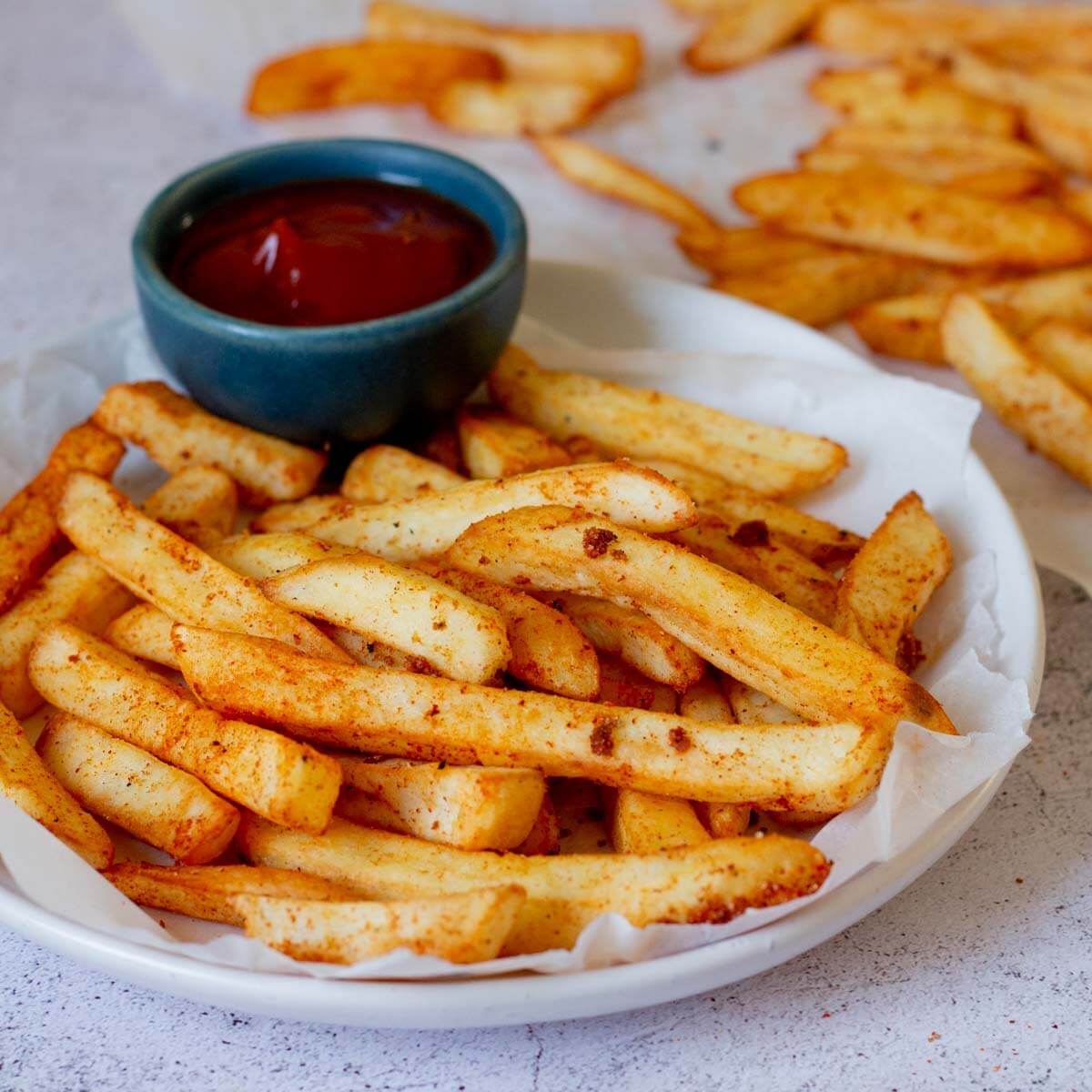
Yakhni: Yakhni is a traditional broth or soup prepared by simmering meat (commonly chicken or mutton) with aromatic spices like cinnamon, cloves, cardamom, and bay leaves. The slow-cooking process extracts the essence of the spices, resulting in a flavorful and comforting broth. Yakhni is often served as a standalone soup or used as a base for other dishes.
Nettle Soup: Nettle Soup is a nutritious and revitalizing soup made from stinging nettles, which are foraged from the region’s abundant wild plants. The nettles are cooked with onions, garlic, and sometimes potatoes, creating a vibrant green soup rich in vitamins and minerals. This soup is known for its earthy flavor and is considered both healthy and delicious.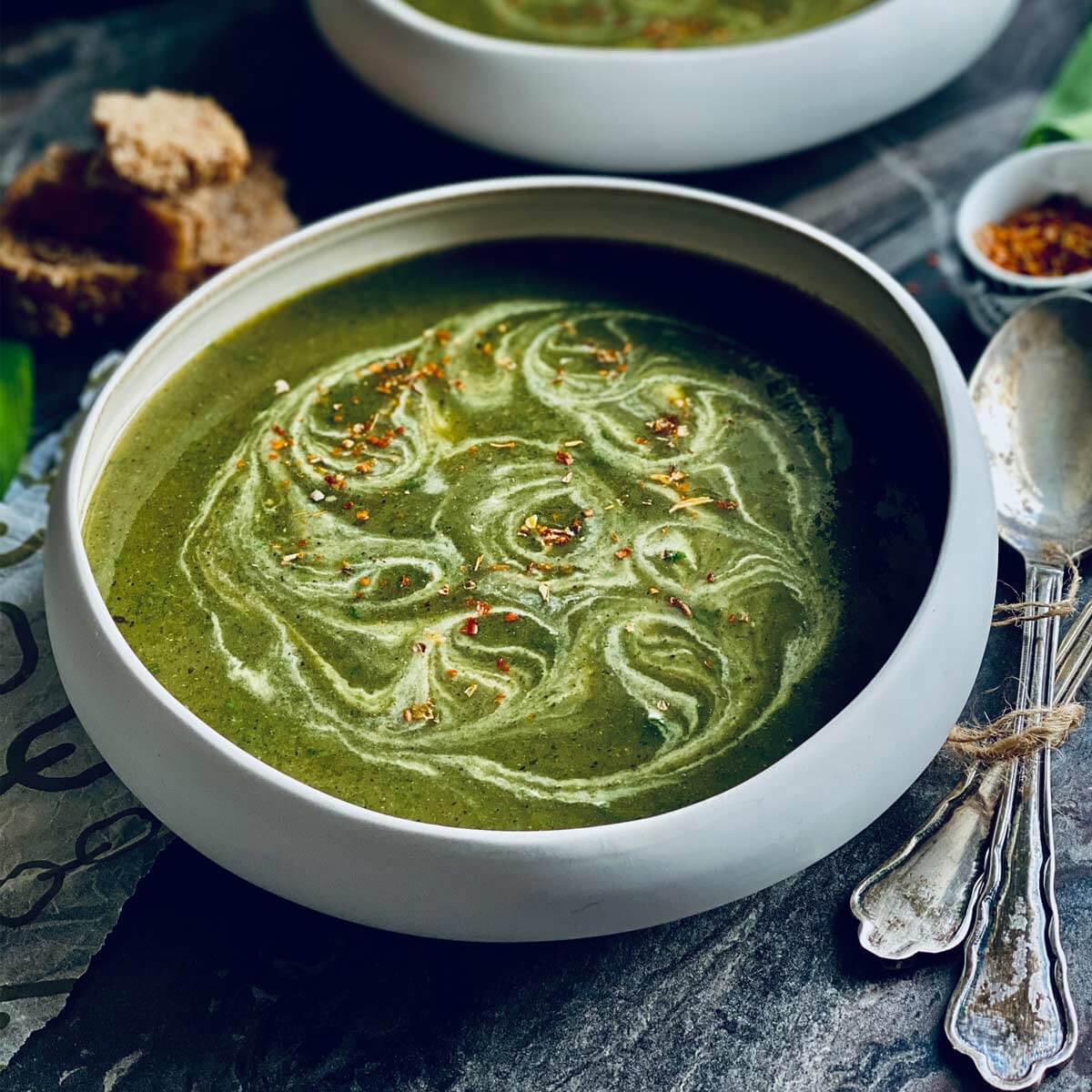
Goor Goor Cha: Goor Goor Cha is a traditional beverage prepared by boiling milk and tea leaves together and then churning them vigorously. This process creates a frothy layer on top of the tea, which is then poured into cups. Sometimes, butter or salt is added for additional flavor. Goor Cha is a comforting and warming drink enjoyed throughout the day in Gilgit-Baltistan.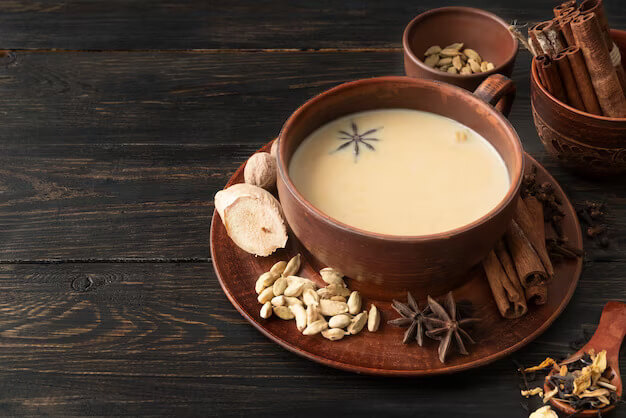
Pava: Pava is a deep-fried snack made from wheat flour dough. The dough is rolled out into thin circles and then deep-fried until it puffs up and turns crispy. It is commonly served as a tea-time snack or breakfast item, either plain or sprinkled with sugar.
Apricot Soup: Apricot Soup is a sweet and tangy soup made from apricots, sugar, and water. The apricots are cooked until soft, then mashed or pureed to create a smooth consistency. This soup is enjoyed both as a dessert and as a refreshing drink, especially during hot weather.
Palam Puri: Palam Puri is a pastry made from flour, sugar, and oil. The dough is rolled out, cut into small pieces, and deep-fried until golden and crispy. These crunchy pastries are often served as a sweet treat, sometimes drizzled with honey or syrup for added sweetness.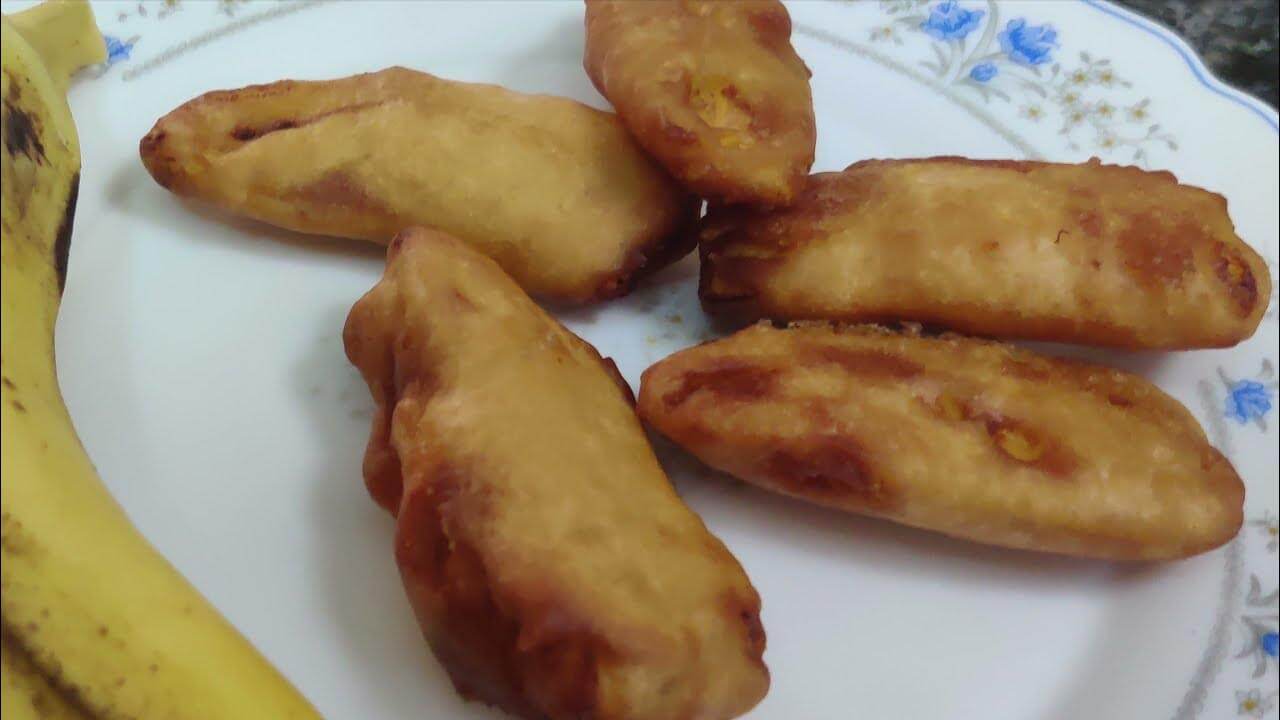
Shab Deg: Shab Deg is a slow-cooked meat stew prepared with various ingredients such as mutton, vegetables, lentils, and a mix of aromatic spices. It is traditionally cooked in a large vessel or cauldron buried in the ground, allowing the ingredients to simmer slowly over low heat for hours, resulting in a flavorful and tender dish.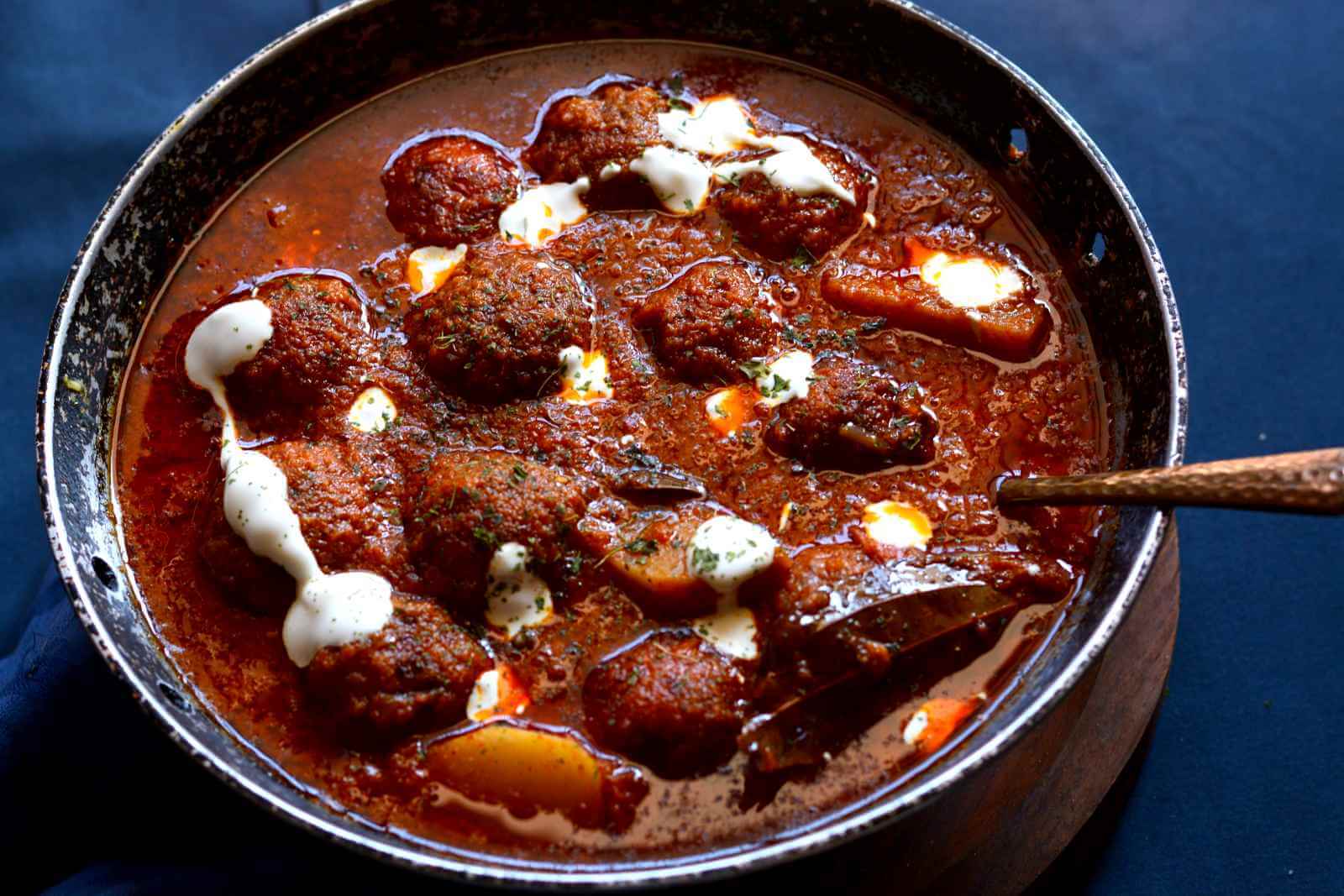
Yomari: Yomari is a sweet delicacy made from rice flour dough stuffed with a mixture of molasses, sesame seeds, and grated coconut. The dough is shaped into a unique figure-eight or crescent shape and then steamed. Yomari is commonly enjoyed during festivals and special occasions in Gilgit-Baltistan.
Shapta: Shapta is a savory dish made from thinly sliced meat, commonly beef, stir-fried with vegetables such as bell peppers, onions, and tomatoes. The meat and vegetables are cooked together with a blend of spices and sauces, creating a flavorful and tender meat dish.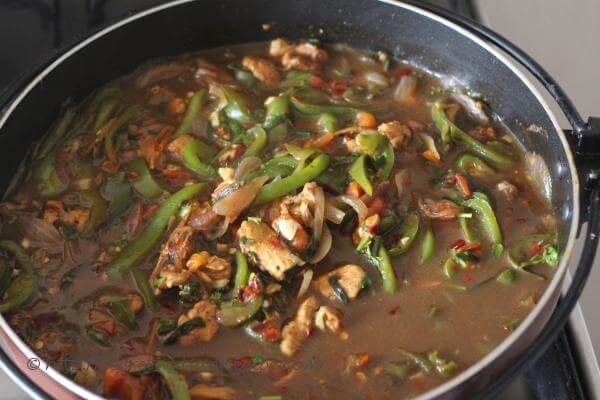
Butter Tea (Gurgur Cha): Butter Tea, known as Gurgur Cha, is a traditional beverage made from brewed tea leaves, yak butter, and sometimes salt. The ingredients are mixed together and churned vigorously to create a frothy texture. This rich and savory tea is cherished for its warming properties, especially in the cold mountainous regions of Gilgit-Baltistan.
Phalay: Phalay is a savory snack made from bread stuffed with a seasoned mixture of minced meat, onions, and spices. The bread is then folded, sealed, and shallow-fried until golden and crispy. Phalay is enjoyed as a flavorful appetizer or snack in the region.
Pakku: Pakku is a meat dish prepared by slow-cooking meat (commonly beef or mutton) with potatoes and a blend of spices until the meat becomes tender and flavorful. This hearty dish is often enjoyed with bread or rice, offering a satisfying and wholesome meal.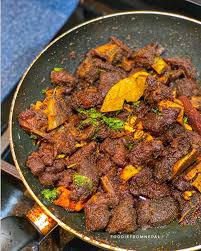
Palti: Palti is a meat-based dish made by cooking meat, usually mutton or beef, with vegetables and spices in a pot. The dish is slow-cooked until the meat is tender and infused with the flavors of the spices and vegetables, creating a delicious and aromatic stew.
History and Culture
Ancient Culinary Roots
The culinary journey of “food in Gilgit-Baltistan” finds its roots deeply embedded in ancient practices dating back centuries. The region’s cuisine reflects a rich tapestry of indigenous food practices that evolved alongside the communities inhabiting the area. Ancient food practices primarily revolved around utilizing locally available ingredients, emphasizing grains like barley, wheat, and buckwheat, alongside indigenous spices and herbs. Early inhabitants relied on the bounty of nature, foraging for wild edibles like nettles and mountain berries, which became integral elements in their diet.
Cultural Influences
The evolution of Gilgit-Baltistan’s cuisine has been shaped by a myriad of cultural influences. The region’s strategic location along ancient trade routes, including the Silk Road, facilitated cultural exchanges that left indelible marks on the local culinary traditions. Influences from Central Asia, Persia, and Kashmir, among others, introduced new ingredients, spices, and cooking techniques. The amalgamation of diverse cultures and historical events, such as the spread of Buddhism and the arrival of Islam, also significantly impacted the region’s food habits and culinary practices. Over time, these influences merged with indigenous practices, contributing to the unique and diverse flavors found in “food in Gilgit-Baltistan.”
Traditional Food Practices
Traditional cooking methods and culinary customs form an essential part of the region’s gastronomic heritage. The cooking techniques used in Gilgit-Baltistan, such as dum cooking (slow cooking in a sealed pot), roasting over open fires, and steaming, have been passed down through generations. Preservation techniques like drying and pickling were employed to ensure a year-round supply of food in the challenging mountainous terrain. The art of making intricate bread like Chapshuro and Nang reflects the skill and craftsmanship preserved through generations. Additionally, the use of natural preservation methods, like sun-drying apricots and vegetables, remains a common practice in preserving seasonal produce for consumption throughout the year. These traditional practices not only ensure the availability of food but also contribute to the distinct flavors and textures of dishes in Gilgit-Baltistan.
Tips and Tricks
For an enriching experience with “food in Gilgit-Baltistan,” consider these recommendations and advice that can enhance your culinary journey.
Best Time to Visit Restaurants
Exploring the local eateries and street food stalls in Gilgit-Baltistan can be a delight, especially during specific times of the day. The bustling streets and vibrant food markets come alive during the early evening hours, offering a plethora of options to savor authentic local delicacies. Sunset marks the beginning of the evening rush where the aroma of freshly prepared dishes fills the air, making it an ideal time to indulge in street foods like Chapshuro, Momos, or the sizzling Skew Roast. Additionally, visiting restaurants during off-peak hours, like mid-afternoon, might offer a more tranquil setting and a chance to interact with local chefs or vendors, gaining insights into the preparation techniques and stories behind the dishes.
Cooking Traditional Dishes at Home
Bringing the flavors of Gilgit-Baltistan into your home kitchen is an enriching experience. While sourcing some regional ingredients may pose a challenge outside the region, certain dishes can be recreated using more accessible substitutes without compromising authenticity. For instance, traditional dishes like Momos or Sha Phaley can be prepared using readily available minced meats, vegetables, and Asian dumpling wrappers. Experimenting with native spices like cumin, cardamom, and cloves, which are often found in local markets or specialty stores, can bring a touch of authenticity to your dishes. Online resources and cookbooks dedicated to regional cuisines may offer detailed recipes and step-by-step guides to replicate the nuanced flavors of Gilgit-Baltistan’s cuisine. Embrace the spirit of exploration and creativity while experimenting with these recipes, allowing you to savor the essence of “food in Gilgit-Baltistan” from the comfort of your home.
Ingredients
Gilgit-Baltistan’s culinary identity is intricately woven with a diverse array of indigenous ingredients that form the essence of “food in Gilgit-Baltistan.” Let’s delve into the unique and essential components that define the region’s gastronomy.
Local Produce and Staple Foods
Barley Barley, a hardy and versatile grain, holds a significant place in Gilgit-Baltistan’s cuisine. Used in various forms like flour or whole grains, barley serves as a staple ingredient in dishes like Tsampa and soups. Its nutty flavor and nutritional richness make it a valued component of local diets.
Buckwheat Buckwheat, known locally as Phaphar, is another staple grain that thrives in the region’s mountainous terrain. The flour derived from buckwheat is utilized in preparing Khnemyu (Buckwheat Pancakes) and Pava (deep-fried snacks). Its distinct flavor and gluten-free properties contribute to its popularity in the local cuisine.
Apricots Gilgit-Baltistan is renowned for its luscious apricots, often sun-dried to preserve them for extended use. These dried apricots feature prominently in various dishes and desserts like Apricot Soup and Palam Puri. The sweet and tangy notes of apricots add depth to both savory and sweet preparations.
Walnuts Walnuts are a prized nut in the region, valued for their rich flavor and nutritional benefits. They are commonly used in desserts like Phamdey and also find their way into savory dishes like Chilpindok, adding a delightful crunch and earthy undertones.
Indigenous Spices and Seasonings
Cumin Cumin, known locally as zira, is a quintessential spice in Gilgit-Baltistan’s culinary repertoire. Its warm, earthy flavor lends depth to various dishes, including soups, stews, and meat-based preparations.
Cloves Cloves, with their intense aroma and sweet-spicy flavor, are used judiciously to infuse dishes with a distinct fragrance. They often feature in meat-centric dishes like Yakhni and Shab Deg, imparting a warm and aromatic essence.
Cardamom Cardamom, referred to as alaichi, is a prized spice celebrated for its sweet, floral notes. Its inclusion in desserts like Yomari and Phini elevates the sweet treats with a fragrant allure.
Specialty Meats and Seafood
Yak Meat Yak meat holds a revered status in Gilgit-Baltistan, celebrated for its lean and flavorful characteristics. Commonly used in dishes like Gyal and Pakku, yak meat offers a distinct taste that symbolizes the region’s culinary heritage.
Trout The region’s pristine rivers and lakes bless Gilgit-Baltistan with an abundance of trout, a freshwater fish highly prized in local cuisine. Barbecue Trout, a popular dish, showcases the freshness and delicate flavors of this prized fish, often marinated with indigenous spices before grilling.
Specialty Meats Other specialty meats like mutton, beef, and poultry play vital roles in the region’s gastronomy. Slow-cooked in aromatic spices, these meats feature prominently in dishes like Harisa, Mantu, and Shapta, reflecting the diversity and richness of “food in Gilgit-Baltistan.”
Sustainability and Local Sourcing
Preserving the essence of food in Gilgit-Baltistan involves a concerted effort towards sustainable food practices and a focus on locally sourced ingredients that uphold the region’s culinary heritage.
Sustainable Food Practices
Emphasis on Local Sourcing Supporting local markets and farmers remains pivotal in maintaining the authenticity and quality of Gilgit-Baltistan’s cuisine. By procuring produce and ingredients from local sources, individuals and businesses contribute to the region’s economy while reducing the carbon footprint associated with transportation. This emphasis on local sourcing not only ensures fresher and more flavorful ingredients but also fosters a sense of community and pride in preserving indigenous food traditions.
Eco-friendly Restaurants and Initiatives Several restaurants and culinary initiatives in Gilgit-Baltistan have embraced eco-friendly practices and championed sustainability. These establishments prioritize sourcing ingredients from nearby farmers and artisans, promoting farm-to-table practices. By reducing reliance on imported goods and implementing eco-friendly practices such as composting food waste, utilizing biodegradable packaging, and minimizing energy consumption, these initiatives contribute to a more sustainable food ecosystem.
Community-led Sustainability Efforts Community-driven initiatives and cooperatives have emerged, focusing on sustainable agriculture and traditional food preservation techniques. These efforts aim to revive age-old practices of seed conservation, organic farming, and the preservation of native crops, safeguarding biodiversity and ensuring the availability of local ingredients for future generations. Additionally, educational programs and workshops are conducted to raise awareness about sustainable food choices and the significance of preserving traditional foodways in Gilgit-Baltistan.
Holistic Impact
The integration of sustainable food practices not only benefits the environment but also plays a pivotal role in safeguarding the cultural heritage and culinary identity of Gilgit-Baltistan. By supporting sustainable sourcing methods and initiatives, individuals and businesses contribute to the resilience and vitality of the region’s food ecosystem, ensuring the continued availability of diverse and authentic ingredients that define the essence of “food in Gilgit-Baltistan.”
Pairings and Recommendations
Enhance your culinary experience with food in Gilgit-Baltistan by exploring complementary drinks and discovering additional dishes or restaurants that complement the region’s vibrant cuisine.
Beverage Pairings
Locally Brewed Teas Embrace the rich tea culture of Gilgit-Baltistan by indulging in locally brewed teas that perfectly complement the diverse flavors of the cuisine. Sip on Gurgur Cha, commonly known as Butter Tea, a traditional beverage made with brewed tea leaves, yak butter, and sometimes salt. This savory and robust tea, with its creamy texture and warming properties, pairs exceptionally well with hearty meat-based dishes like Yakhni or Pakku, enhancing the overall dining experience. Additionally, try Kawha, a spiced green tea infused with cardamom, cinnamon, and sometimes saffron, offering a delightful blend of aromatic flavors that complement various dishes.
Fruit-based Beverages Explore the refreshing fruit-based beverages crafted from the region’s abundant produce. Apricot-based drinks, such as Apricot Juice or Sharbat, offer a sweet and tangy taste that harmonizes with the diverse flavors of “food in Gilgit-Baltistan.” These beverages serve as perfect refreshments to accompany spicy or savory dishes, providing a refreshing contrast to the robust flavors.
Other Dishes to Explore
Traditional Desserts Delve deeper into the diverse gastronomy by exploring traditional desserts that encapsulate the essence of Gilgit-Baltistan’s culinary heritage. Indulge in Yomari, a delightful sweet delicacy made from rice flour dough filled with molasses, sesame seeds, and coconut. The sweet and aromatic flavors of Yomari provide a perfect conclusion to a savory meal, offering a unique taste of the region’s dessert culture.
Local Specialty Dishes Expand your culinary exploration by venturing into local specialty dishes that showcase the depth and variety of Gilgit-Baltistan’s cuisine. Consider trying Lungur Tangi, a nourishing soup made from vegetables, lentils, and aromatic spices. This wholesome soup, known for its comforting flavors and nutritional value, offers a satisfying dining experience, especially during colder weather.
Recommended Restaurants
Discover the culinary treasures offered by acclaimed restaurants in Gilgit-Baltistan known for their authentic preparations and welcoming ambiance. Restaurants like [Restaurant Name] and [Restaurant Name] stand out for their commitment to showcasing the diverse flavors of the region, offering an array of dishes that encapsulate the essence of “food in Gilgit-Baltistan.” Don’t miss the opportunity to savor local specialties and immerse yourself in the region’s culinary heritage at these renowned establishments.
Cultural Significance
The cultural fabric of Gilgit-Baltistan is intricately woven with the profound significance of “food in Gilgit-Baltistan,” shaping traditions, fostering community bonds, and serving as a mirror reflecting societal values and celebrations.
Role of Food in Traditions
Reflecting Societal Values Food in Gilgit-Baltistan transcends mere sustenance; it embodies cultural values, heritage, and familial traditions. The preparation and sharing of meals symbolize hospitality, generosity, and respect. Traditional dishes prepared with meticulous care during special occasions or festivals carry deep-rooted meanings, showcasing the importance of togetherness and unity within the community.
Celebrations and Everyday Life Food plays a pivotal role in commemorating significant milestones and festivals, where elaborate feasts are prepared to mark auspicious occasions. Whether it’s weddings, religious ceremonies, or seasonal festivals, the diversity of dishes served during these events reflects the region’s cultural diversity and historical influences. Furthermore, in everyday life, communal meals bring families and friends together, fostering connections and nurturing relationships in a harmonious setting.
Food and Community Bonding
Communal Aspects Food gatherings hold a central place in the social fabric of Gilgit-Baltistan, fostering camaraderie and strengthening social ties. These gatherings, whether intimate family dinners or grand community feasts, serve as platforms for storytelling, sharing traditions, and passing down culinary knowledge from one generation to another. The act of sharing meals promotes inclusivity and unity, transcending cultural barriers.
Significance in FestivalsFestivals in Gilgit-Baltistan is synonymous with lavish spreads of traditional delicacies, serving as a unifying force that brings communities together. Festive foods not only represent the region’s culinary richness but also act as catalysts for cultural exchange, where diverse communities celebrate their unique heritage through gastronomic delights. The preparation and consumption of specific dishes during festivals carry symbolic meanings, reinforcing the sense of belonging and cultural pride.
Food in Gilgit-Baltistan, beyond its nutritional value, serves as a bridge that connects individuals binds communities, and preserves the rich tapestry of traditions, reflecting the region’s identity and cultural legacy.
Conclusion
The vibrant tapestry of flavors, culinary heritage, and cultural resonance found in the “food in Gilgit-Baltistan” embodies an enchanting narrative of diversity and tradition. Gilgit-Baltistan’s cuisine stands as a testament to the region’s rich heritage, blending ancient culinary roots with diverse cultural influences, resulting in an extraordinary culinary landscape.
The gastronomic journey through Gilgit-Baltistan unveils a myriad of unique culinary experiences, each dish a reflection of the region’s historical legacy and geographical diversity. From the hearty aroma of Yak Meat dishes to the delicate flavors of Trout prepared with indigenous spices, every bite encapsulates a story steeped in tradition and local craftsmanship.
The diverse cuisine of Gilgit-Baltistan not only tantalizes the taste buds but also serves as a cultural mirror, echoing the region’s identity and values. Its significance extends beyond mere sustenance, weaving together societal bonds through communal meals and celebrating festivities with elaborate feasts. The preparation and sharing of “food in Gilgit-Baltistan” encapsulate the warmth of hospitality and the richness of cultural exchange.
The region’s culinary treasures, deeply rooted in tradition and sustainability, underscore the importance of preserving indigenous ingredients and culinary practices. As the flavors linger and the aromas evoke memories, Gilgit-Baltistan’s diverse cuisine remains an integral part of its heritage, showcasing resilience, unity, and the essence of cultural pride.
In essence, Gilgit-Baltistan’s culinary legacy stands as a vibrant mosaic, inviting exploration, celebration, and appreciation—a testament to the region’s diversity, resilience, and unwavering connection to its cultural roots through the universal language of food.

